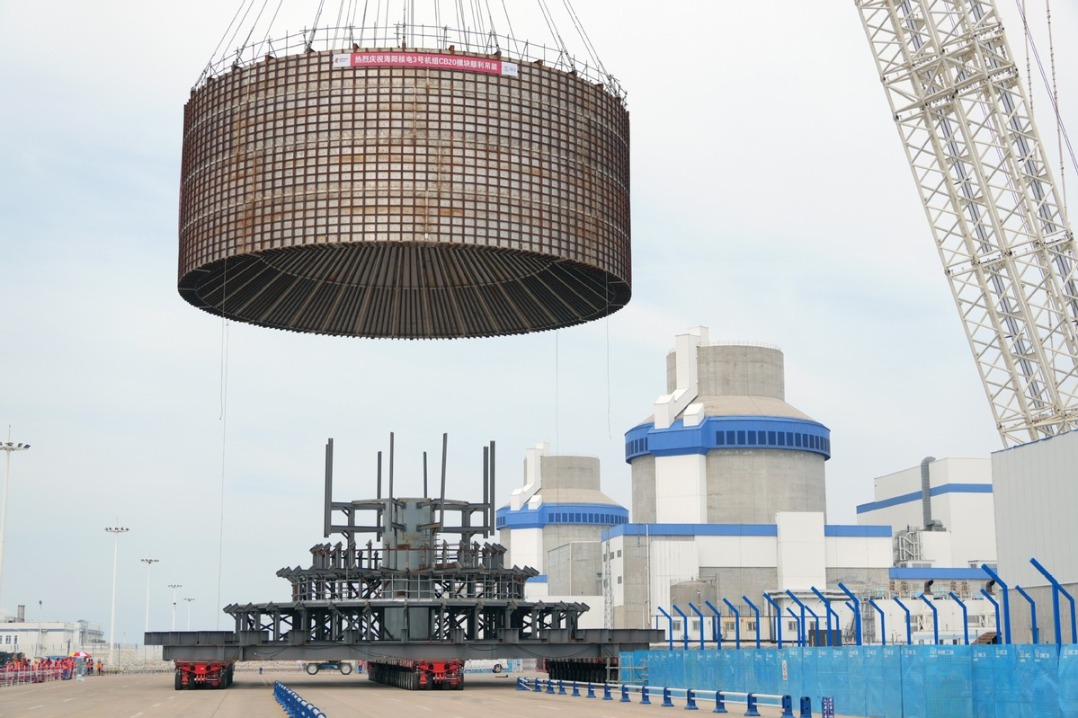China certifies first group of long-term care specialists

NANJING -- A total of 81 qualified practitioners on Monday received China's first-ever long-term care specialist certificates in Nantong city in Jiangsu province, marking the official launch of the newly recognized profession.
Designed to address the growing needs of an aging population and the social challenges posed by chronic illnesses or disability, the long-term care specialists are expected to alleviate the burden on families struggling with the disability of family members.
"The aging demographic has created enormous demand for long-term care. This profession will elevate service quality, drive innovation in health and wellness industries, and enhance public satisfaction," said Li Tao, deputy director of the National Healthcare Security Administration.
The certification program has three tiers -- Level 5 (Elementary), Level 4 (Intermediate) and Level 3 (Advanced) -- with exams combining written tests and simulated practical assessments to evaluate both knowledge and skills.
The inaugural Jiangsu exam saw an 81 percent pass rate among 100 candidates, with applicants aged 20 to over 60.
"This certificate recognizes my expertise and fuels my confidence in this career. Every senior deserves compassionate care, and I'm committed to serving more families with professionalism and dedication," said Lu Yayun, a 51-year-old former child care worker.
To standardize evaluations, Jiangsu has introduced a comprehensive regulatory framework with 21 documents covering exam administration and certification management, among other areas.





































